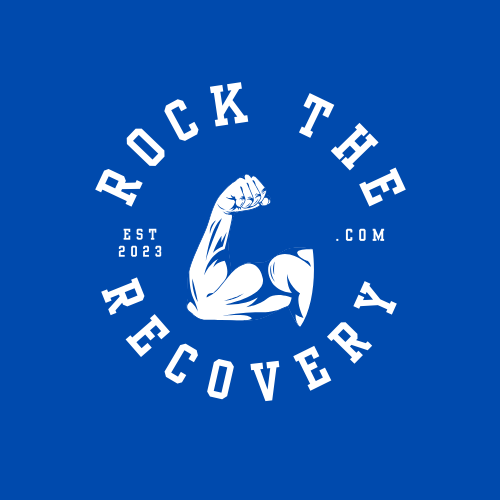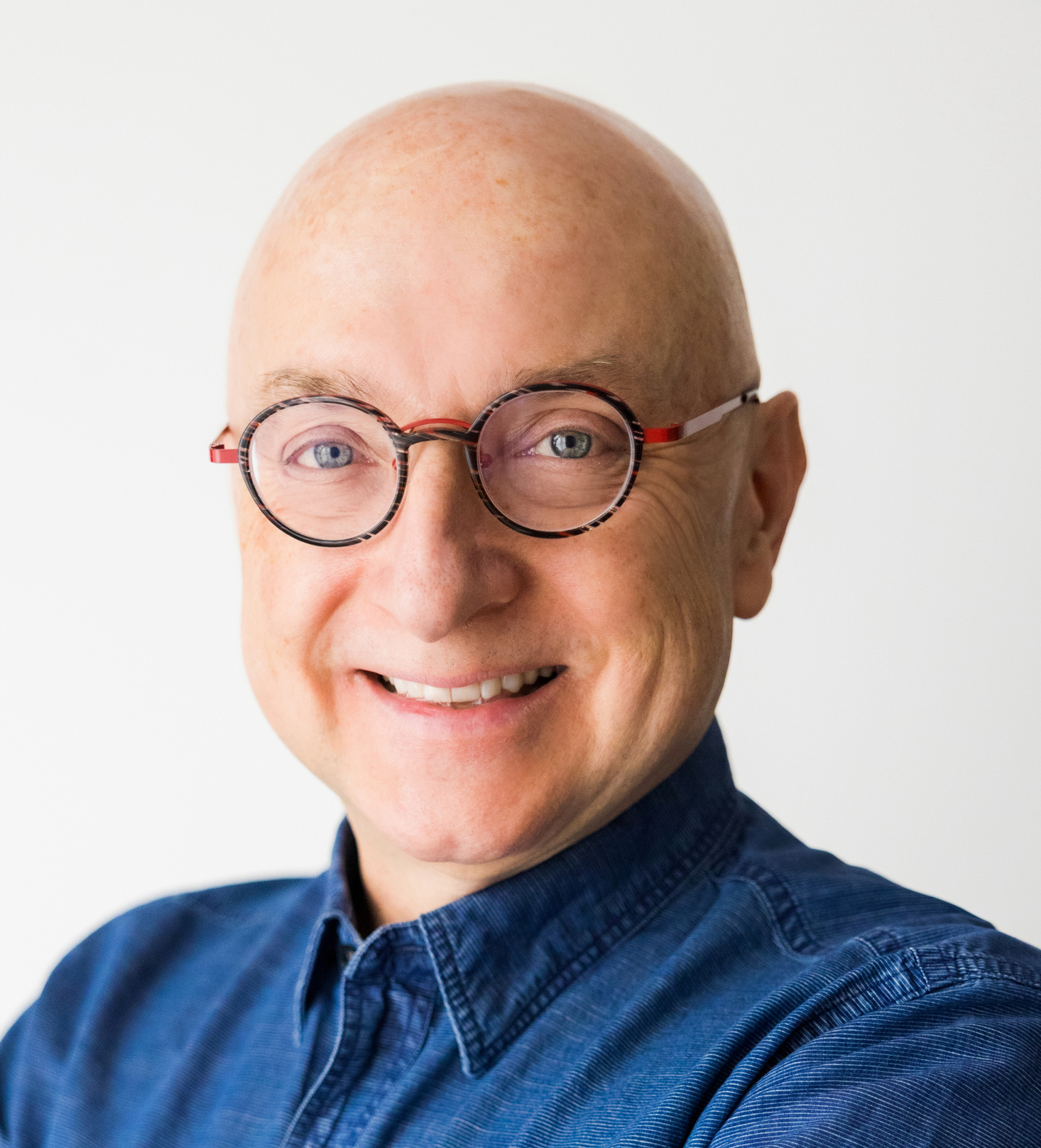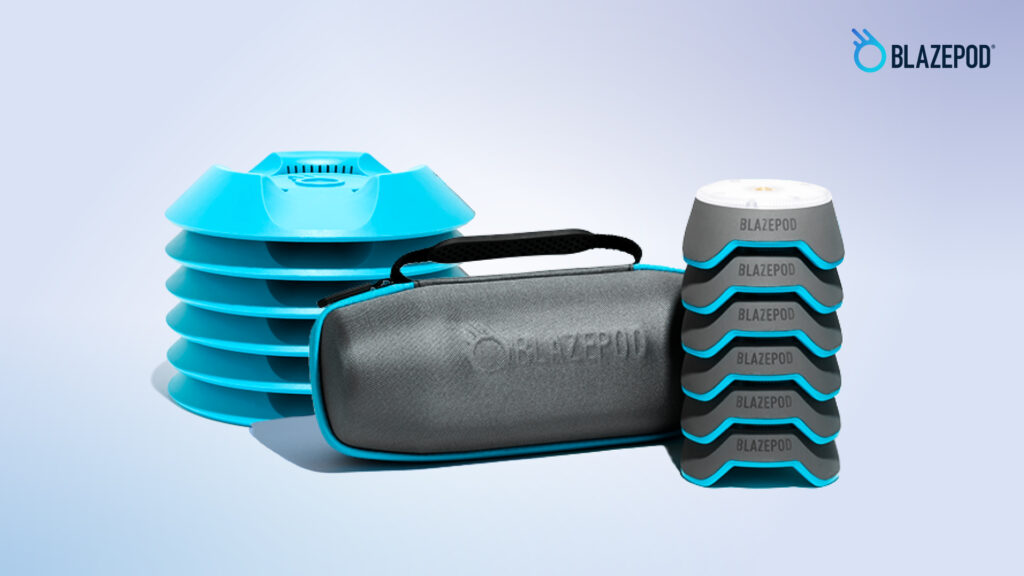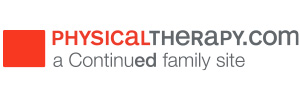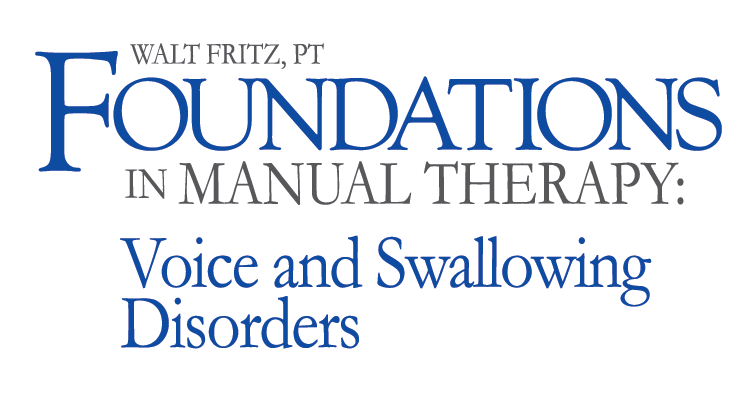Walt Fritz owns a Physical Therapy clinic in his small town. There he has a heavily manual-focused practice where he treats all the common ailments. However, there is a whole different side to his career that has caught the attention of Therapists worldwide. Walt has taken to teaching his passion for manual treatment of speech and swallowing disorders to SLPs and PTs alike. He has made this his life’s work to create and spread his specialized technique to this often-neglected area of the body.
Early Years of Development:
Rob: How did you first come to see treatment to this somewhat avoided area of the body for a PT? What inspired you to eventually make this your life’s passion?
Walt: After spending ten years as a teaching assistant for another seminar line, in 2006, I broke off on my own. Those early classes stuck with the old-fashioned myofascial release narrative. They then slowly evolved into a more neutral look at how touch can influence pain and movement disorders. In 2013, after writing about some patient observations on social media, I was invited to co-teach a one-off class in Chicago for speech-language pathologists (SLP). A noted MD/ENT was to present the introductory portion of this two-day class, and I was to lead the hands-on labs and demonstrations. I’d previously seen a few patients in my clinic for voice and swallowing disorders, though most reported them to me only as a side note. I saw some curious overlaps between cervical region problems and issues of the larynx. Curious, I accepted the gig, though I was ill-prepared for such a task.
Slow Beginnings:
That class went fine, though I became painfully aware of how little I knew about the role of the SLP and the disorders they deal with. Over the next few years, I taught a few classes directed toward SLPs but continued to sell my more general PT and massage-related classes. But at one point, I noticed my interest waning in that market. Many in the PT profession had given up on most things manual therapy. Also, the massage world seemed too enamored with bright and shiny acronym modalities. I’d moved far away from the traditional MFR model and began exploring more neurocentric and behavioral explanations for the effects of touch. This more evidence-based approach aligned well with the demands of the SLP profession. So, moving towards that market was a natural progression for me.
Deep Dive:
I spent a lot of time examining the existing SLP/ENT field research for using manual therapy with voice disorders. It was one dominated by more aggressive “laryngeal manipulation,” a methodology that I’d never grown comfortable with in my earlier training. As I taught SLPs a gentler approach, it became apparent that there was an opportunity to broaden an existing field of research and practice in meaningful ways.
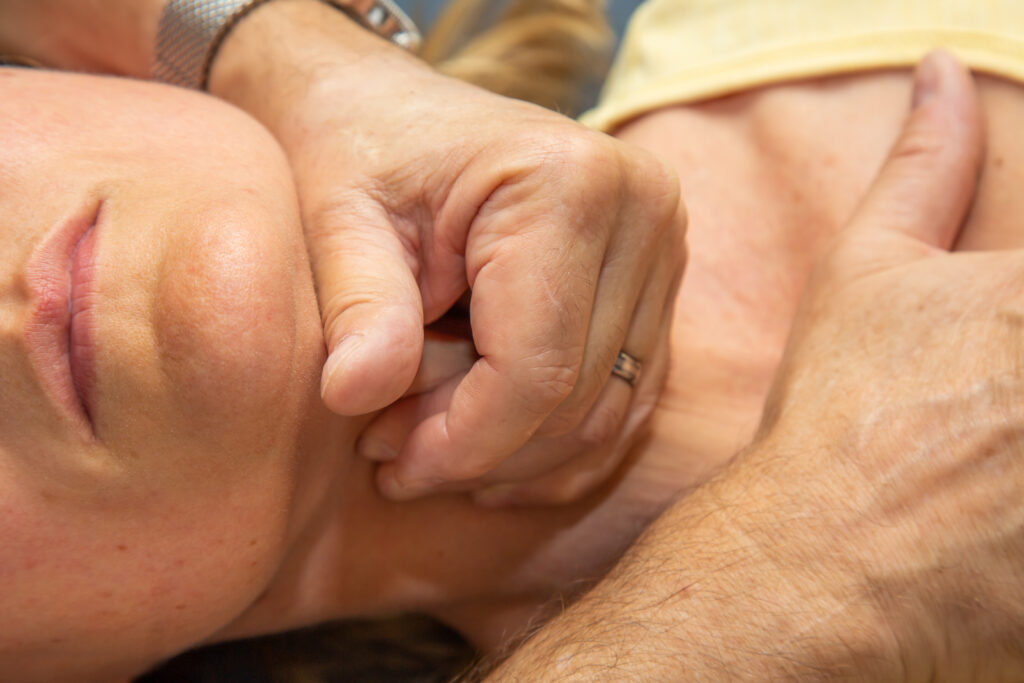
As our research has shown, manual therapy has at best, short-term influences on pain. But with voice, swallowing, and related disorders, the research points to more lasting changes. SLPs have little, if any, hands-on training in their university programs. If they learn laryngeal manipulation, it tends to be through peer or supervisor training in the clinic, with no formalized education readily available. A natural hesitancy in hands-on work lent itself to the gentler approach I used and taught, so I believe I fit in well.
Evolving his Manual Approach:
In the late 2010s, I’d been looking into the emerging concepts in shared decision-making (SDM) and saw many similarities in my approach. I was a unicorn in the PT and massage world, as SDM often seems in stark contrast to our clinician-as-expert-driven models of care. As someone who saw the back-room dealings of some prominent manual therapy continuing education models, I knew that a low-key, SDM approach to manual therapy was a tough sell. However, I witnessed how my patients responded to being tasked to participate in their care to a larger extent than other PT practices asked of them.
During the early Covid shutdown period, when my seminars were all canceled and my clinic census dwindled, I began completely revising my curriculum. By this time, 75% of my in-person classes were my Foundations in Manual Therapy: Voice and Swallowing Disorders class, and it was time for some updates.
During this same time, I embarked on a master’s degree program to update my curriculum into a more academic framework. Unlike today’s standards, as a 1985 PT school graduate (SUNY Buffalo), only a bachelor’s degree was offered in PT. What came with that BS degree was my relatively poor critical thinking skills (hence the acceptance of the MFR model). During that same period, I was also asked by a UK publisher to write a book on manual therapy for voice and swallowing disorders. These events allowed me to examine manual treatment more deeply and put it into a more rigorous SDM model. The outcome was a massive shift from my previous narratives, opening doors I’d never envisioned.
Turned Focus to Speech and Language Pathology:
In early 2022, I dropped all PT and massage-directed classes and focused on the SLP-focused training. Though I still get invited to teach a few other classes, my heart is in this voice and swallowing disorders work. Overall, I’ve been welcomed into the SLP world and continue to nurture those relationships by presenting at conferences and symposiums targeting these clinicians. The PT profession attends the voice and swallowing disorders seminars, as many are on teams working with post-head and neck cancer rehabilitation, which is some of the focus of my workshops. Though manual therapy remains of lower interest among many in our field, many PTs have a broader view and see its benefit in specific conditions.
Rob: That is quite the journey to get you to this point! So exactly, what diagnosis do you specialize in, and what symptoms do these patients typically complain of?
Walt: In contrast to my niche teaching, my physical therapy practice sees more traditional PT diagnoses. I see patients a few days per week, all in an individualized one-on-one setting. Manual therapy is my approach, but not without including movement, exercise, and education. Given my interest areas, I receive referrals from regional SLPs and ENTs and direct referrals through my website for patients dealing with various voice, swallowing, and oral motor issues.
Speech Disorders Treated with Manual Therapy:
If I do have a specialty, it would be teaching others how to remediate muscle tension dysphonia (vocal hoarseness), cases of dysphagia that respond to manual intervention, and mouth and tongue-related problems. The latter runs the gamut from post-surgical or radiation-related problems, developmental disability-related oral motor problems, and issues of tongue tension in singers. I love the broadness of patients in the work I teach. As SLPs (and others) come to workshops hoping to learn more about helping those with severe swallowing problems secondary to throat and related cancers. As well as to the other extreme where the elite singer/performer is the intended audience.
I find great satisfaction in my PT practice, helping a child with motor delays eat a meal timely and assisting a person with voice or swallowing problems who was not helped by medication or traditional therapies. As therapists, we do what we do because it is about giving of ourselves.
Rob: Wow, this list is something I would never touch in my typical day. It’s amazing to give Therapists another avenue to help these patients recovery. As well as provide a Therapist with a very beneficial way of specializing your treatment. What treatment techniques do you utilize, and what type of clinicians are these approaches appropriate for?
Treatments:
Walt: The techniques I use and teach generally resemble the slow, static myofascial release techniques I learned in the early 1990s, but with distinct differences. The explanatory model is different, but the level of patient participation is unlike what I learned back then. Instead of prescribing a technique (be it manual therapy or exercise, they are offered to the patient as an option. If a patient comes in for pain issues and manual therapy is applied, it is done in a fashion that allows, and essentially requires, the patient to input whether the technique feels useful. This is the core of a shared decision-making model.
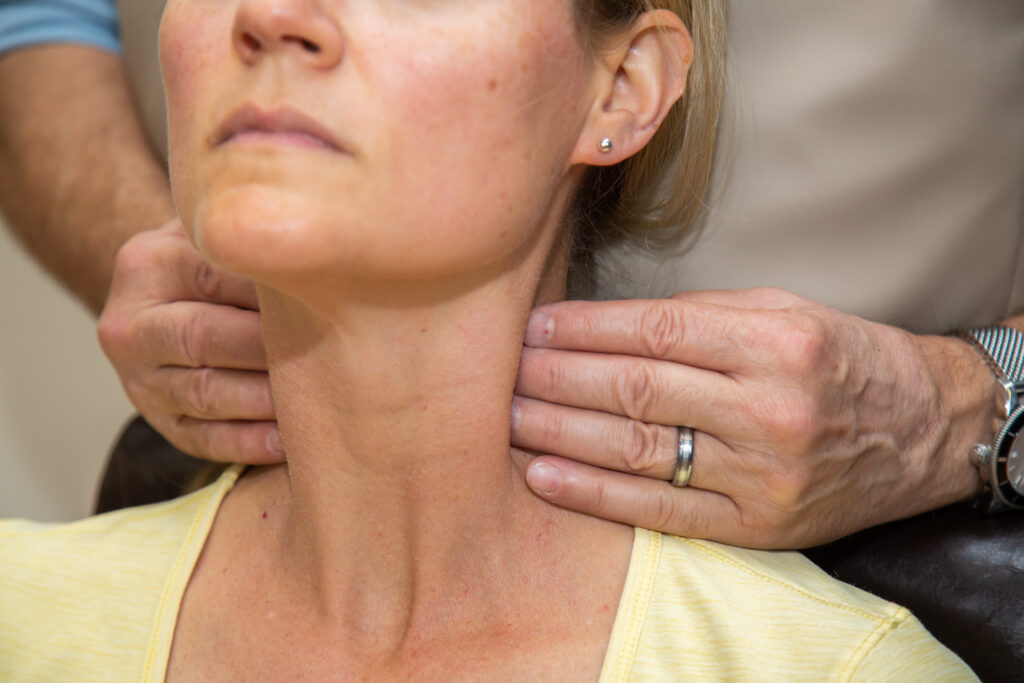
I apply those same principles with exercise. Instead of telling my patient what exercise will accomplish their goals, I rely on them to help. For instance, with a shoulder injury, the exercise should alert them to their issue. If they cannot feel connected to that pain, weakness, or whatever when performing the exercise, we work to modify it until they do. Having that felt-sense connection to an exercise or a manual therapy intervention calls into play higher centers of awareness and attention, all core aspects of learning.
Shared Decision Making (SDM):
We work in a field that allows us to be viewed as experts. However, with that perspective, the patient often feels uninvolved in their care and decision-making. SDM reduces the power disparity and allows the patient to feel empowered. Touch has become devalued in our professions out of fear of dependency-building. While manual therapies can create passively and dependency, so can exercise. Are we often changing our patient’s exercise routines at each visit? Though done in the name of progression, mightn’t this be another form of making the patient dependent on us to progress? Chad Cook, PT, PhD, has written extensively on shared decision-making in the physical therapy realm and about the demonization of manual therapy.
I use a slow, static form of non-manipulative manual therapy and see its actions as multifactorial. While we may be impacting local structure, an unavoidable bottom-up path to the brain plays a significant role in the global effects of touch. I’m deeply indebted to Diane Jacobs, PT, who patiently walked me across the bridge from tissue-based explanatory models of manual therapy into more neurocentric ones. I use a mixed model to explain to myself, patients, and students the effects of touch and manual therapy. Significant advances have been made in understanding these multifactorial explanations over the past decade.
Rob: I completely agree with you. The concept that the patient needs to feel connected to their issue during treatment. As well as that they have to feel involved in the treatment through feedback, and discussion. You can be giving the patient exactly what you think they need, but if they don’t feel that way physically or emotionally; either way it won’t work. Or at the very least it won’t work as well, and they won’t be as satisfied with their treatment.
Foundations in Manual Therapy Classes:
The combination of your extensive experience in SLP, and approach to manual therapy is very interesting and appealing to many. I see you have an upcoming tour of in-person classes across the globe. What is your favorite thing to teach and what is the biggest learning gift someone would leave your class with?
Walt: I’ve been fortunate to be invited to some great places worldwide. I just returned from teaching SLPs and PTs in two cities in Taiwan. With several other international events in place over the next year. Nearly all these classes are manual therapy for voice and swallowing disorders class. This class is my passion, though I can’t choose one part I prefer over the rest. As far as my hopes for clinicians attending my classes, I tell every class that while most feel they are following the class to learn a new way of intervening on voice and swallowing problems via manual therapy. What I wish for is for them to understand shared decision-making and how it fits in with all aspects of patient care.
In 2023, I had the pleasure of talking with Leah Helou, PhD, CCC-SLP. We discussed the overlaps between my SDM approach and a topic she has written extensively about meta-therapy. To her, meta-therapy is the therapy that surrounds and envelops our work. The techniques, be they manual therapy, experiences, or behavioral interventions, are not the key to success. It is how we wrap them, making them apply to the individual before us. Helou saw aspects of meta-therapy in the SDM approach to manual therapy that I teach. This was satisfying and made the rebuild done over the past few years’ worth the effort.
How to Learn These Programs:
Rob: How can a clinician who is new to your program get started? For instance, someone who wants to learn more and dip their toe in the water? What about those ready to jump all in?
Walt: I offer a range of online courses, including some short one-hour classes, some of which are free. They cover SDM and various aspects of manual therapy within the voice and swallowing field and more general work applicable to the PT, OT, and massage therapist. One of my in-person classes would be the recommendation for those wishing to get the total immersion. I offer an introductory and advanced manual therapy seminar for voice and swallowing disorders. I’m reviving an in-person Whole Body seminar for a class in Alaska this August and for a 2025 offering in Taiwan.
I will check the pulse of that class to see if I wish to bring it back into the rotation of regularly scheduled classes. If your audience is comprised of PTs, I know not all view manual therapy in the manner that some do. So, I would encourage them to spend some time on my website. There they can see if any of the material resonates with them. Touch is impactful, mainly when applied in a modern, evidence-informed manner. Details on my book are available through my website, WaltFritz.com. You can read a free book chapter there to see if the approach aligns with your views.
Rob: Thank you for telling us your amazing story. I hope this article allows more Therapists to learn this amazing technique.
